Getting a tattoo is exciting, but many people don’t know some important facts before they start. There are things about the process, pain, and care that people usually don’t talk about. Knowing these hidden details helps make the tattoo experience smoother and less stressful.
Some might think getting a tattoo is just picking a design and sitting down, but there’s more to it. From choosing the right artist to understanding how to care for the skin afterward, these tips can save trouble and regret.
This guide shares what most people don’t say out loud but really should. It helps anyone feel ready and confident to get a tattoo without surprises.
What No One Tells You About Getting Your First Tattoo
Getting a first tattoo involves more than just picking a design. There are important details about pain, artist choice, and money that many people don’t mention but should know. These details can make a big difference in the experience.
The True Pain Factor
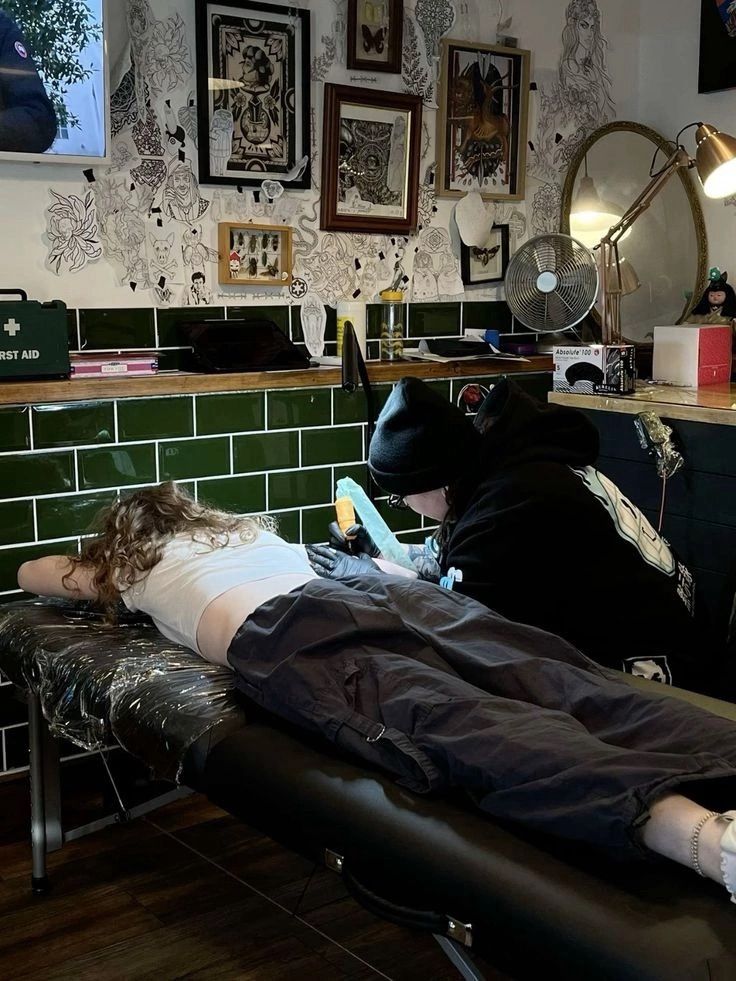
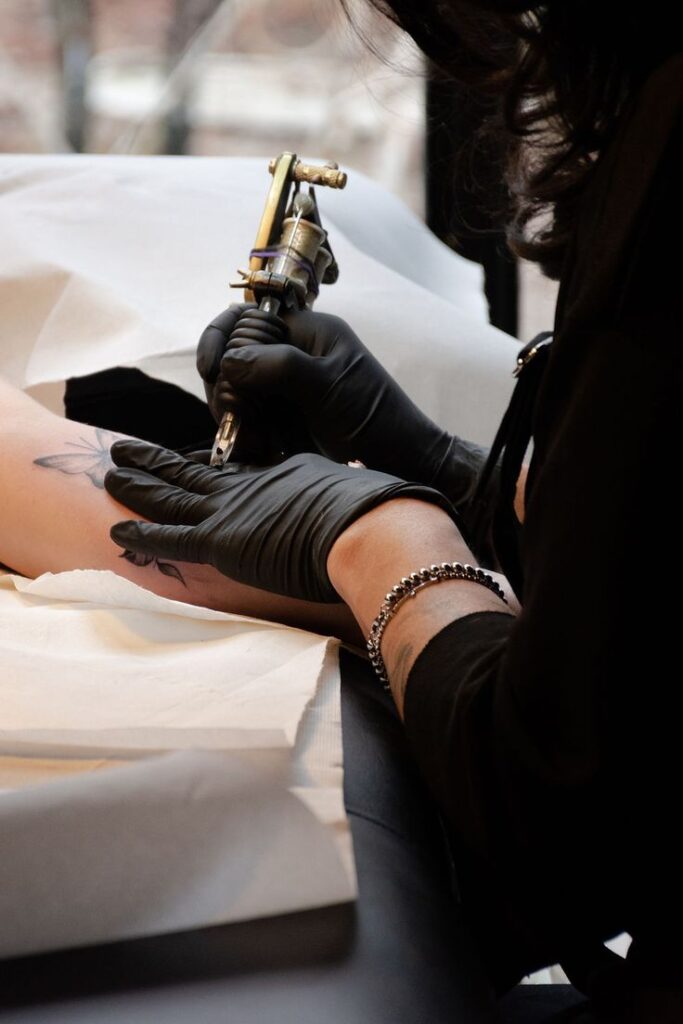
Pain varies by person and where they get tattooed. Spots over bones or thin skin, like ribs or ankles, usually hurt more. Areas with more muscle or fat, like the thigh, tend to hurt less. The pain feels different to everyone; some describe it as a sharp sting, others as a constant scratching.
The length of the session also matters. Longer tattoos mean longer pain. Taking breaks or bringing something to distract yourself can help. It’s normal to feel sore and tender for a few days after, so planning rest time is smart.
Choosing the Right Artist
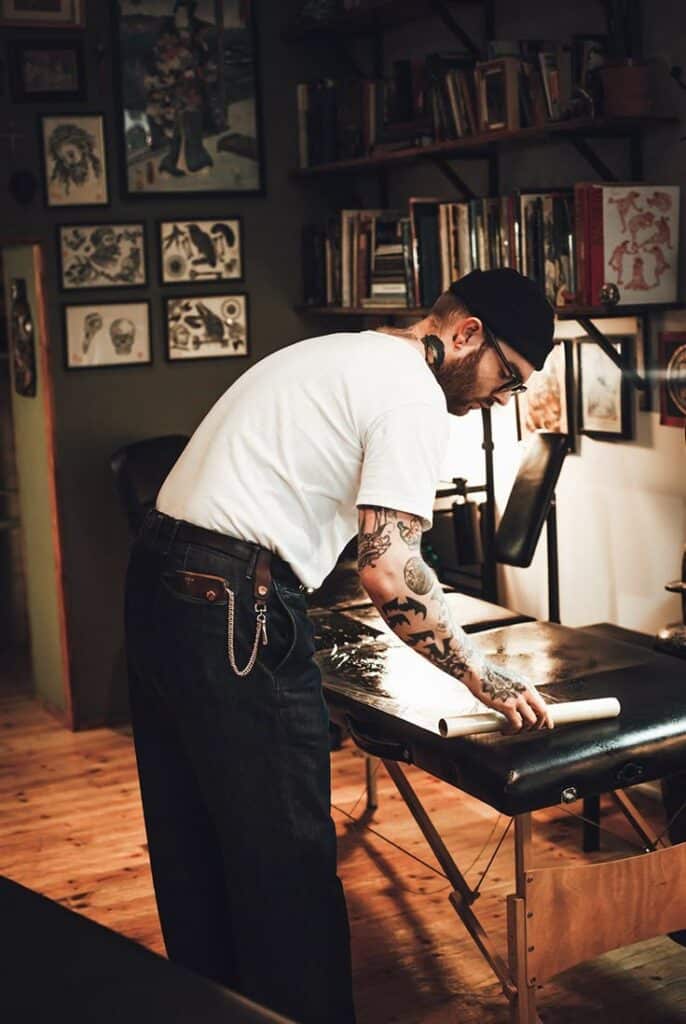
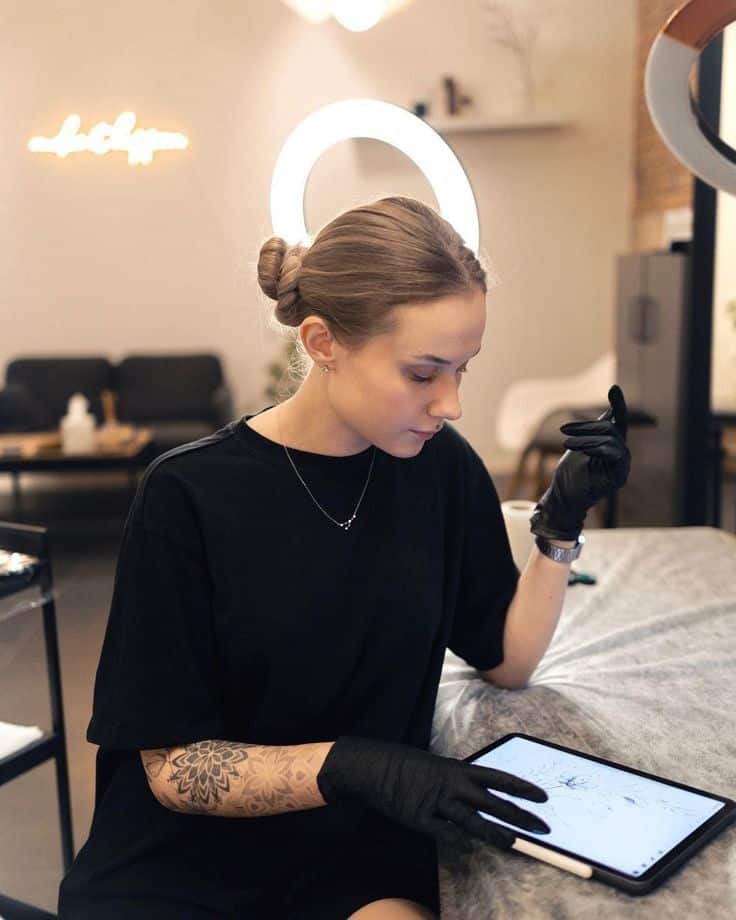
Picking the right tattoo artist is key to a good tattoo. People should look at portfolios to check if the style matches what they want. It’s smart to visit shops, ask questions, and see if the artist keeps a clean space.
A good artist listens well and talks honestly about what will work on the skin and what won’t. They explain aftercare clearly. Trust and comfort with the artist can make the whole process calm and safer.
Understanding Tattoo Costs and Value
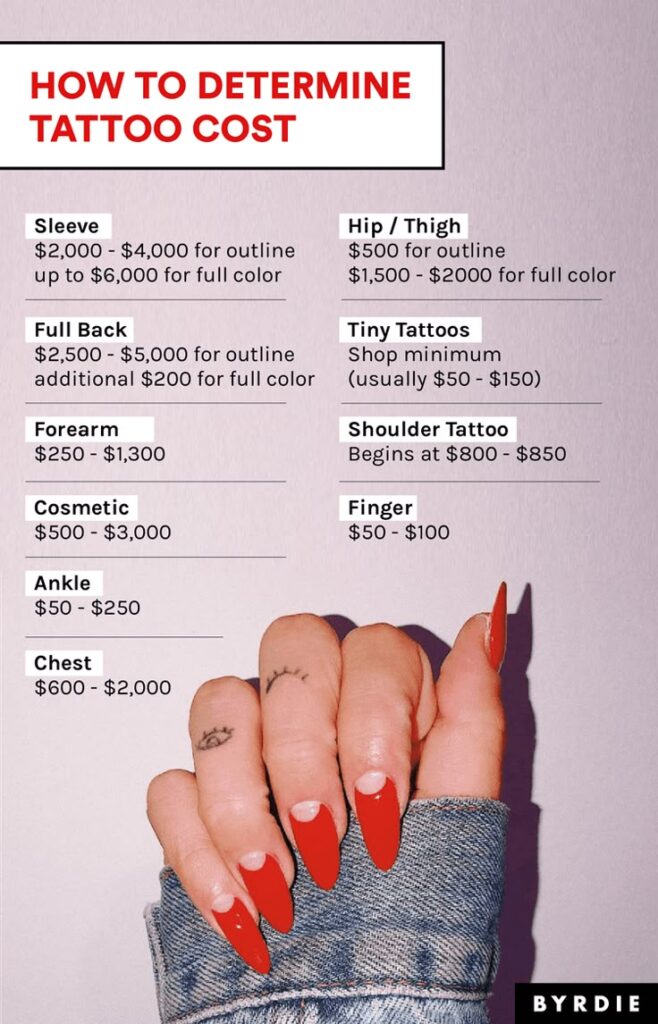
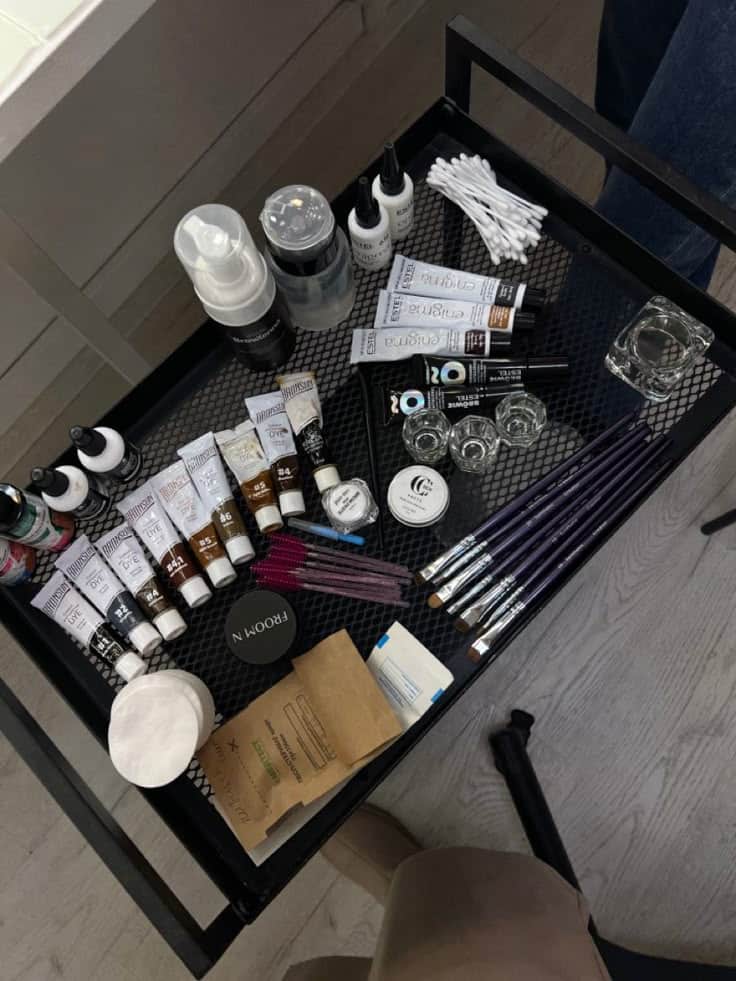
Tattoos cost more than most people expect. Price depends on size, detail, and artist reputation. Cheap tattoos might mean lower quality ink or experience. Spending more usually means the tattoo lasts longer and looks better.
Some shops charge by the hour, others by the piece. It’s better to ask upfront about all fees. A good tattoo is an investment, not just an expense. Aftercare products and possible touch-ups can add to the budget too.
Preparing for a Positive First Tattoo Experience
Getting a first tattoo can be exciting but also a bit nerve-wracking. Knowing how to choose a design, what happens during the session, and the right way to care for it afterward helps make the experience smoother.
How to Pick a Design That Lasts
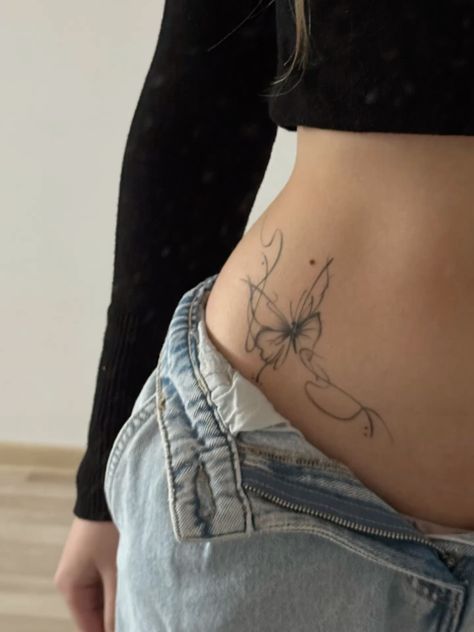
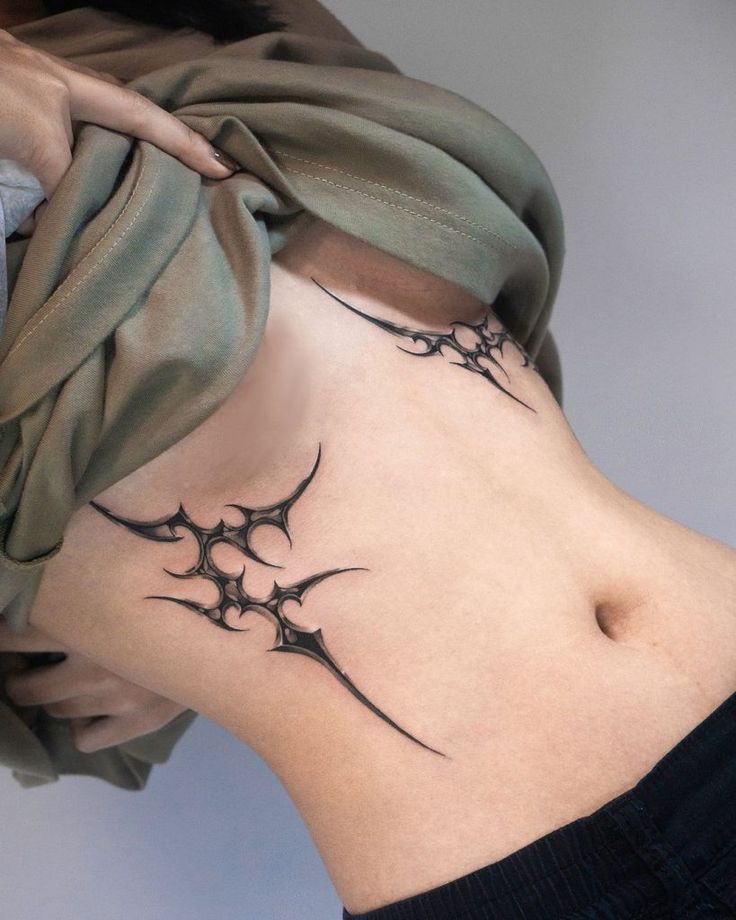
Choosing a tattoo that feels meaningful over time is important. People should think about symbols, words, or images that reflect their values, interests, or life moments. It’s smart to avoid trends that might seem less special in a few years.
Size and placement matter too. A small tattoo on an easily hidden spot can be better for work or social settings. It’s a good idea to look at a tattoo artist’s previous work to make sure their style matches what they want.
What to Expect During Your Appointment
When arriving for the tattoo, clients should wear comfortable clothes and be well rested. The artist will start by cleaning the skin and may shave the area if needed. The tattooist usually stencils the design on the skin for approval before starting.
The needle’s buzzing sound and minor pain is normal. The session length depends on the tattoo size but might last from 15 minutes to a few hours. Taking deep breaths and staying still helps get a clean line.
Aftercare Tips Most Beginners Miss
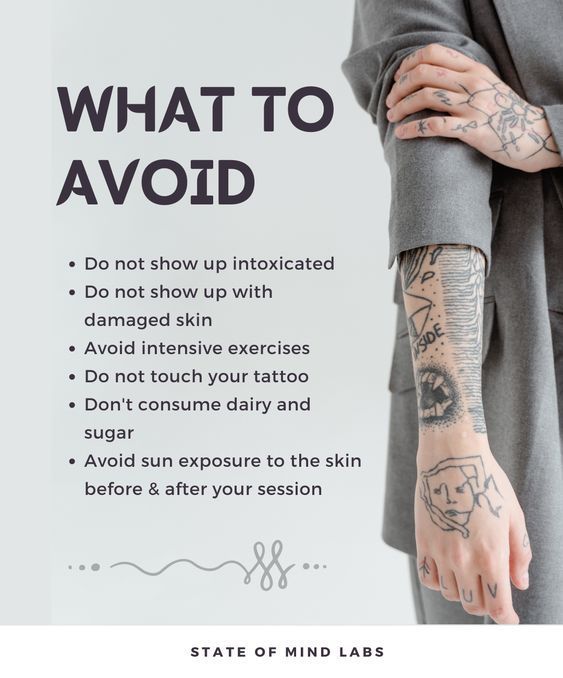
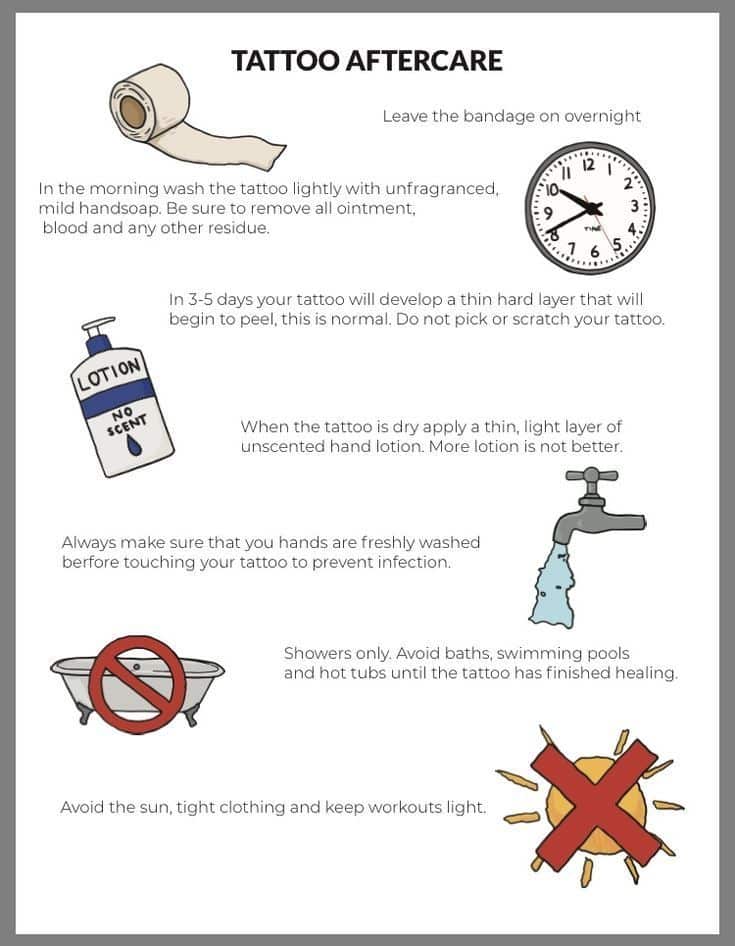
Proper care after getting tattooed prevents infections and helps the ink stay sharp. Most artists recommend gently washing the area with mild soap and lukewarm water within a few hours.
Avoid scratching, picking scabs, or letting the tattoo soak in water like in pools for about two weeks. Applying a thin layer of a tattoo-specific ointment or fragrance-free lotion keeps the skin moist.
Covering the tattoo with loose clothing and avoiding direct sun exposure also helps the healing process. If redness or swelling lasts more than a few days, it’s wise to contact a doctor.
- 174shares
- Facebook0
- Pinterest174
- Twitter0


